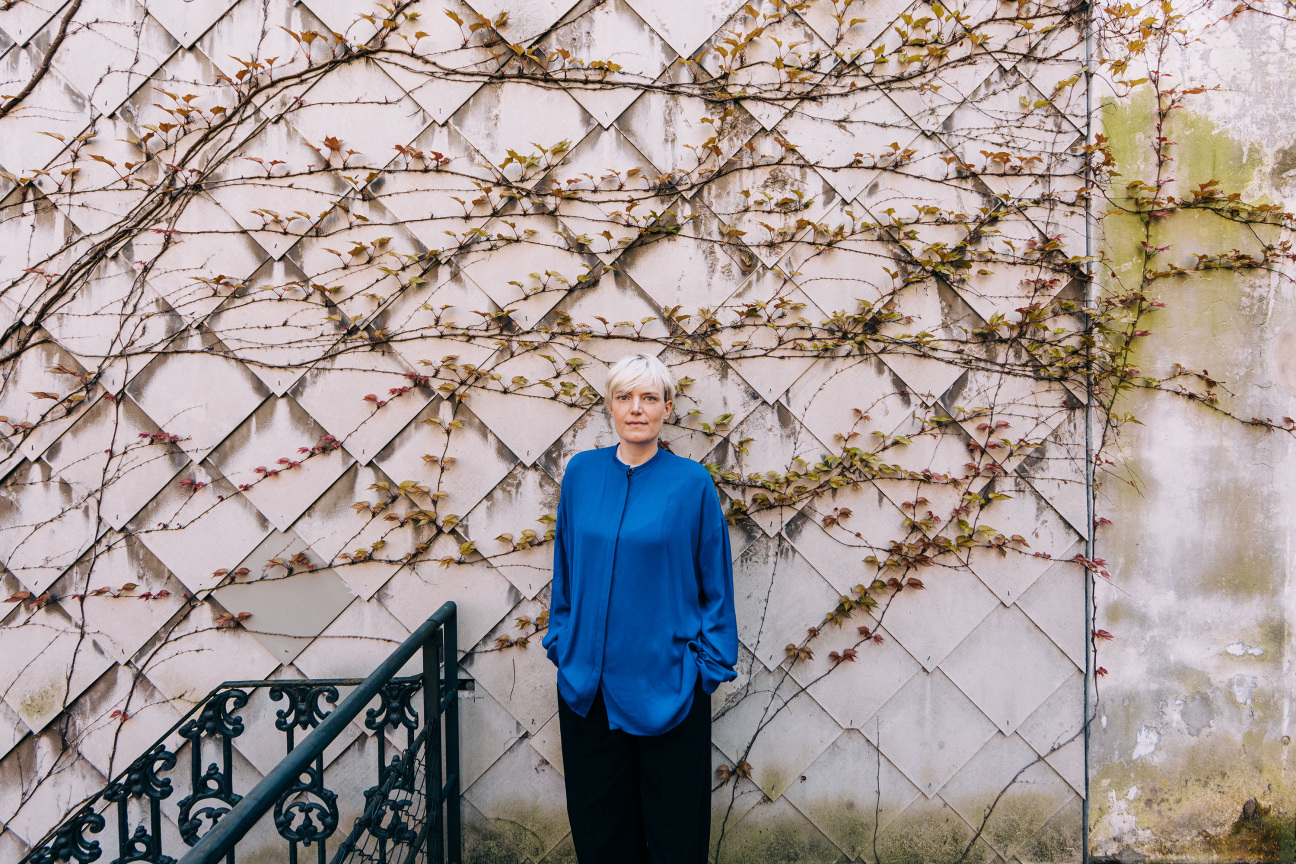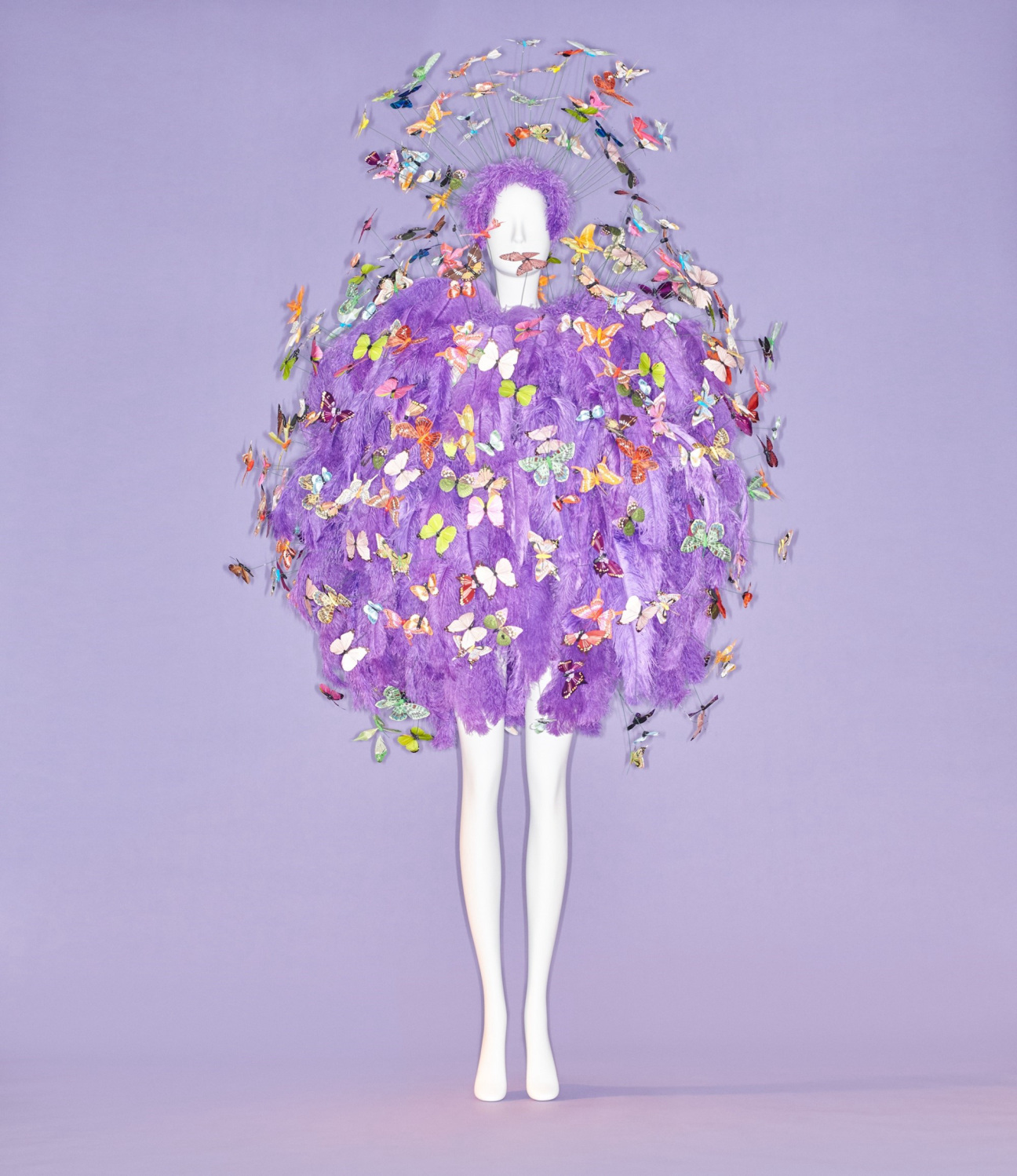
This interview is part of CULTURED's 2023 Young Curators list.
CULTURED: During Covid, you left your associate curator role at the Met and moved to Antwerp with your husband, while expecting your first child. What’s it like to curate for the Met remotely?
Karen Van Godtsenhoven: It’s a new world. I couldn’t have imagined before that I’d be able to work on such intense projects from abroad. There’s a lot you can do remotely. With regards to my personal life, I’m very grateful that this worked out. But I do miss the photo shoots.

CULTURED: Describe some of your recent curatorial projects in New York.
Van Godtsenhoven: In fall 2019, the Met’s “Camp: Notes on Fashion” drew [over] 250 objects from the 17th century to the present. Susan Sontag’s essay “Notes on ‘Camp’” provided the framework for the exhibition, and we organized a lot of outdoor activities with the drag and LGBTQ+ community. After that, I worked on the museum’s kimono show during the pandemic [“Kimono Style: The John C. Weber Collection”], which had a much more serene vibe. As a fashion curator, I’m free to mix media. We had kimonos and Western costumes, but also a lot of magazines, hair accessories, and fashion books from Japan. At the Met, there are 18 departments to draw from. Because it’s at an encyclopedic museum, you learn from people from all these other disciplines. I’m not stuck in a fashion bubble.
CULTURED: How has fashion evolved as a medium?
Van Godtsenhoven: Fashion enjoys a lot of cross-pollination—maybe because as fashion curators, we’re used to being sort of in the “lower arts.” We’re not Old Master paintings. But much has changed over the last decade because of big shows at the Met, like “Alexander McQueen: Savage Beauty,” which illustrate that fashion has become more serious and has to fight less to earn a place in museums.
CULTURED: You’re currently finishing your PhD in fashion theory at Ghent University, where you studied literature and gender studies as an undergraduate. What’s different 20 years later?
Van Godtsenhoven: When I was here [as an undergraduate], there were no fashion studies. It wasn’t an academic field. Now, fashion studies are very, very popular—there aren’t enough professors. I’m pursuing a PhD in design poetics, which looks at feminist theory and how it connects to the work of female designers from the 1960s to today. This new generation of students makes their own shows in the metaverse. So they’re teaching us, too.
For more interviews with CULTURED's 2023 Young Curators, check out our conversations with Ashton Cooper, Bernardo Mosqueira, and Stephanie Seidel.










 in your life?
in your life?

